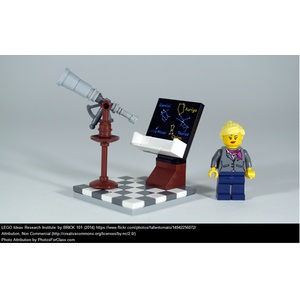DEPTH STUDY MODULE 2 - SCIENTIFIC MODELS: Constructing models
Resource Description
DESIGNED FOR YEAR 11 - EARTH AND ENVIRONMENTAL SCIENCE
Lesson Overview:
This module is designed to fulfill the NESA Depth Study requirement, and is the second Module in a series of three. Module 2 has been designed to allow students to become more capable in their abilities to construct a scientific model, and to evaluate the benefits and limitations of these models.
It has been designed to align to the Australian curriculum outcomes ACSES006, ACSES035, ACSES099, and to the NSW Syllabus for the Australian Curriculum: EES11/12-1, EES11/12-4 and EES 11/12-7.
Overview of Module 2:
After a brief introduction to the location and type of plate boundaries found around the Earth, students construct models that demonstrate the processes and the topographic and geological features that occur at plate boundaries. These models are presented to the class and students engage in peer feedback through an evaluation of the models.
Overview of the Depth Study - Module 1, Module 2 and Module 3
This three part series aims to highlight the importance of modeling in science and can be used to target the requirements of the NESA Depth Study.
Module 1 - explores teacher centered modeling of the outcomes of the Theory of Evidence for Plate Tectonics and also includes a case study on the use of modeling within the production of forestry materials. Included in the module, is a sequence of activities about models and also a scaffold for students to assess their understanding of theory comparing the strategies of learning via predominately text based data with that of their teacher’s use of models.
Module 2- targets the skills of students teaching using modeling based on the content outcomes of plate boundaries.
Module 3 - is based on the outcomes of gaining a knowledge and understanding of the causes of salinity and erosion and rehabilitation of these areas with a focus on forestry solutions and case studies.

